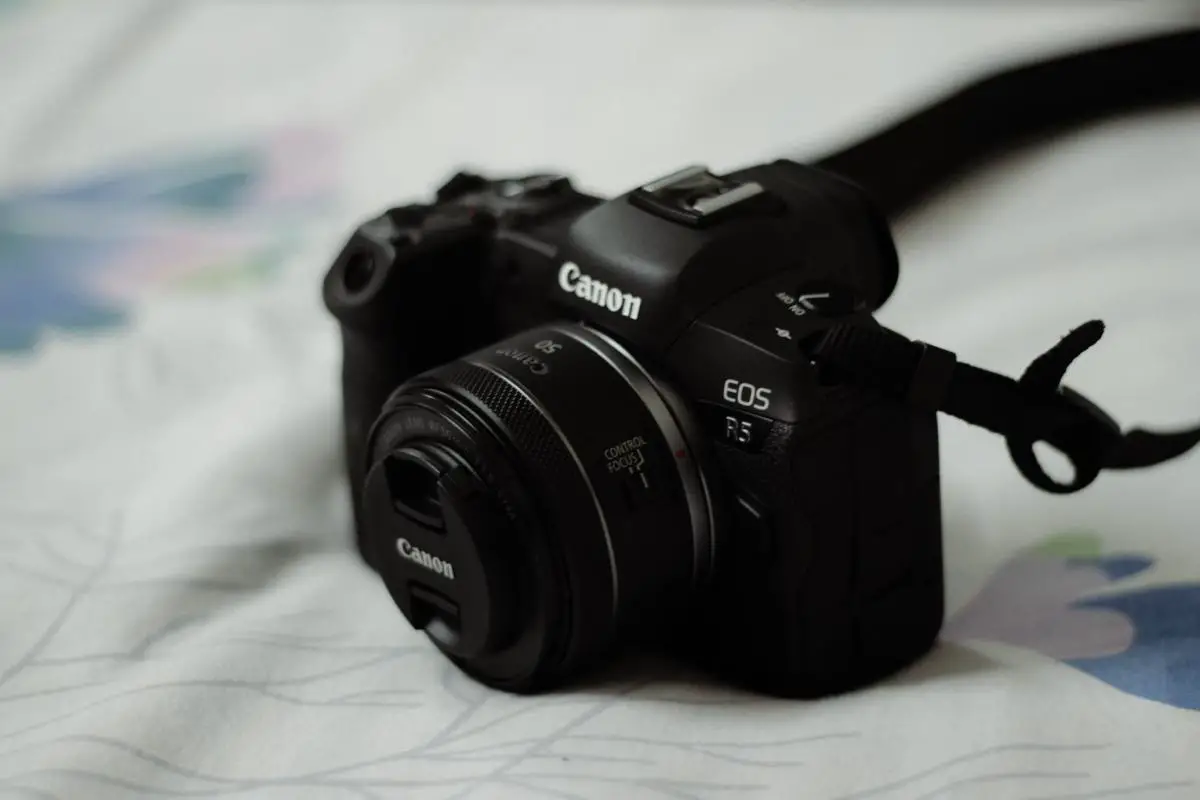In the ever-evolving world of digital photography, mirrorless cameras have emerged as a groundbreaking force, reshaping the landscape of image capturing. Introduced commercially in 2004 and gaining a strong foothold in the market by 2023, these digital cameras address the bulk and complexity associated with traditional SLRs by eliminating the reflex mirror mechanism. The result is a more compact, lightweight form factor, making mirrorless camera models particularly attractive to travel photographers.

Featuring advanced phase-detect autofocus, high-speed shooting capabilities, and refined focusing systems, mirrorless cameras have not only matched but frequently surpassed their SLR counterparts. With manufacturers such as Sony, Nikon, Canon, Fujifilm, and Blackmagic Design at the helm, the diversity and quality of options available continue to expand. Despite their premium pricing and the learning curve for SLR enthusiasts, the advantages such as electronic viewfinders (EVFs), in-body image stabilisation (IBIS), and silent shutters position these cameras at the forefront of digital innovation.
As mirrorless camera technology advances, photographers are witnessing a revolutionary shift in the industry, with the potential for improved creativity and flexibility. This article will delve into the transformative world of mirrorless cameras, exploring their prolific rise, key benefits, and the considerations one should weigh when transitioning to these powerful digital tools.
The Advantages of Mirrorless Cameras
Mirrorless cameras, such as the Panasonic Lumix S5 II, are creating a new paradigm in the world of digital cameras with their innovative features and user benefits. One such marvel is the ability to provide live exposure previews. Photographers can now see the exact exposure of their images through the electronic viewfinder before taking the shot, significantly reducing guesswork and post-capture editing time. Moreover, this feature extends to offering a live monochrome preview, enabling artists to visualise their scene in black and white, which greatly enhances the creative process for genres like fine art and street photography.
Another major advantage is the portability that mirrorless cameras present. Their lightweight and compact form factor distinguish them from traditional SLRs. For instance, the ability to carry a camera comfortably throughout a day’s shoot or a long trip without the added burden is an asset for photographers on the move. Additionally, silent shooting modes are a defining feature of mirrorless technology, perfect for capturing images in sound-sensitive environments such as wildlife settings or during solemn ceremonies. The subsequent pro capture mode, focus peaking, and manual focusing guides further augment the shooting experience, particularly for those who prefer the tactile control of manual lenses.
Focusing on the technical aspects, mirrorless digital cameras come equipped with superior low light focusing and faster autofocus systems. With an increased number of autofocus points spread throughout the frame, these cameras ensure precise focusing in a plethora of shooting situations. The live histogram feature assists in achieving the ideal exposure without the need for test shots, whereas the focus distance displayed within the viewfinder aids in shooting at night or focusing to infinity with ease. High burst rates are significantly advantageous for action and wildlife photography where the moment can change in an instant. Additionally, video content creators greatly benefit from superior video autofocus capabilities that mirrorless cameras possess.
It is becoming increasingly clear that mirrorless cameras are the wave of the future in digital photography. As they continue to advance, offering a preview of effects, adapting to a range of lenses, and facilitating facial recognition technologies, mirrorless camera models are expected to define the industry standard in the coming years. With an impressive array of features that catalyse both photographic and videographic artistry, these cameras are highly recommended for both amateur and professional photographers looking to invest in a future-proof camera system.
Conclusion
In conclusion, mirrorless cameras represent a significant leap forward in the realm of digital photography, offering a range of advantages over traditional SLR counterparts. We have explored their remarkable rise, highlighting key features such as live exposure previews, enhanced autofocus systems, and the compact design that cater to the needs of both amateur and professional photographers. These innovations not only enhance creative possibilities but also streamline the photographic process, making it more intuitive and responsive.
The transition to mirrorless technology signals a transformative era in photography, one where the tools at our disposal are increasingly sophisticated and user-friendly. As the industry continues to embrace these dynamic devices, their impact on creative expression and the future of visual storytelling cannot be overstated. Whether for still capture or video content creation, mirrorless cameras undoubtedly set the stage for the next chapter in photographic excellence, encouraging photographers to push the boundaries of their craft.





